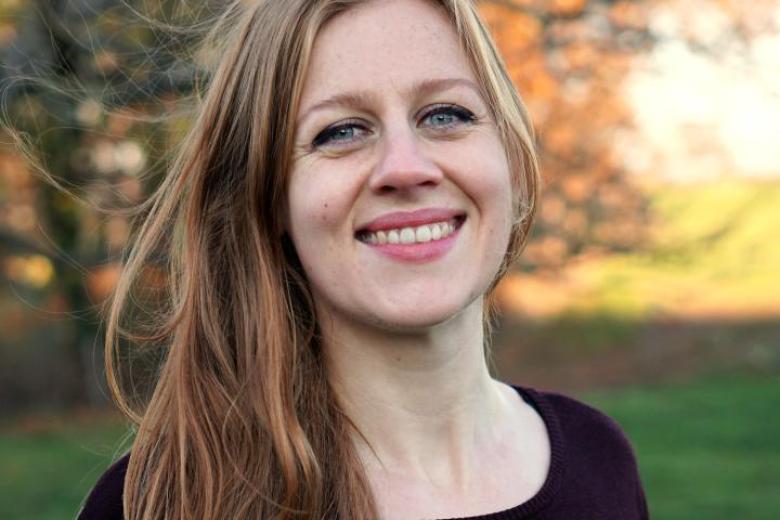A multilingual journey through the Euregio Meuse-Rhine
Will we still be speaking Limburgish or English in 500 years' time? What does our future language sound like? How come so many different dialects and languages can be found in the Euregio just a few kilometres away? Is it true that German dialects are disappearing? Do Walloons still come home in their own language like their Flemish neighbours? In a three-part podcast, two young people from Dutch Limburg are looking for answers to these questions in their homeland: the Euregio.
The listener of this podcast follows two young trace researchers: Sarah Eummelen and Bas Opgenoorth. They are looking for the origin and future of multilingualism in the Euregio. They meet historical linguist Michiel de Vaan who knows how the Euregio sounded in year 1 and in the years thereafter – 500, 1000, 1500, 2000, even into the distant future of the year 2500. We hear him create sounds from the distant past and from the future.
The listener also hears personal stories about language and home, such as of a love between residents from Aachen and Liège and how a new language emerged in the cité of Eisden. The young trace researchers also speak with experts such as Leonie Cornips, Marie Guy Boutier, Clemens Bayer, Lou Spronck and Eric Wetzels, who talk vividly about this linguistic diversity in and across the borders of the Euregio. In this podcast, the listener is directly involved in the subject due to the 1-on-1 relationship with the trace researchers.


Also read
-
Prestigious European grant for two UM researchers
Two researchers from Maastricht University (UM) have received a prestigious ERC Consolidator Grant from the European Research Council. This will allow them to set up a scientific research team in the coming years for studies on bioprinted models of a human kidney and on female guest workers from...
-
UM conducts research into Limburg language in child care
Scientists from Maastricht University are involved in a study on the use of Limburg language in child care.
-
Digital conflicts about climate in the picture
Philosopher Maud Oostindie of Maastricht University is one of the new 'Faces of Science' presented today by the KNAW. Through blogs and vlogs, she is going to show what her life as a young scientist looks like.